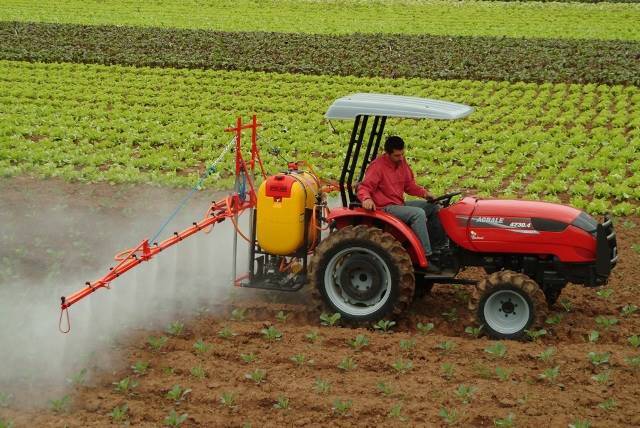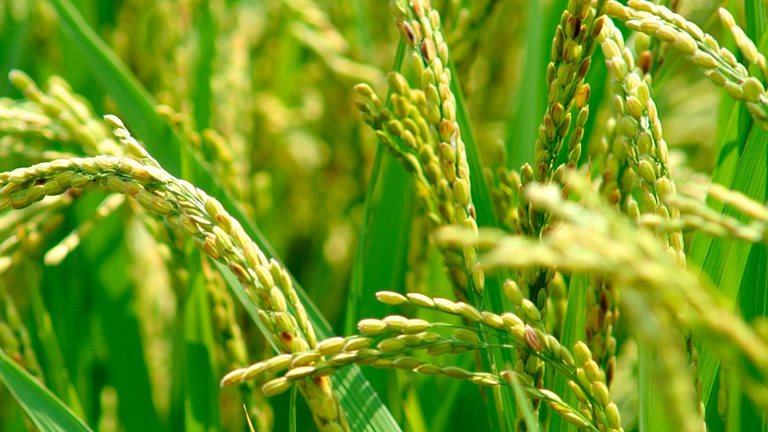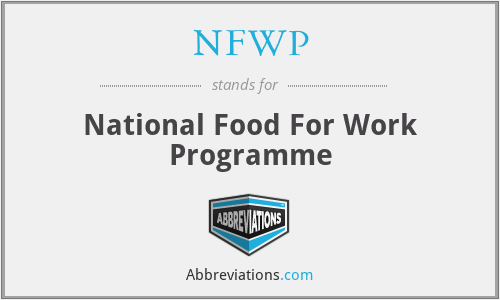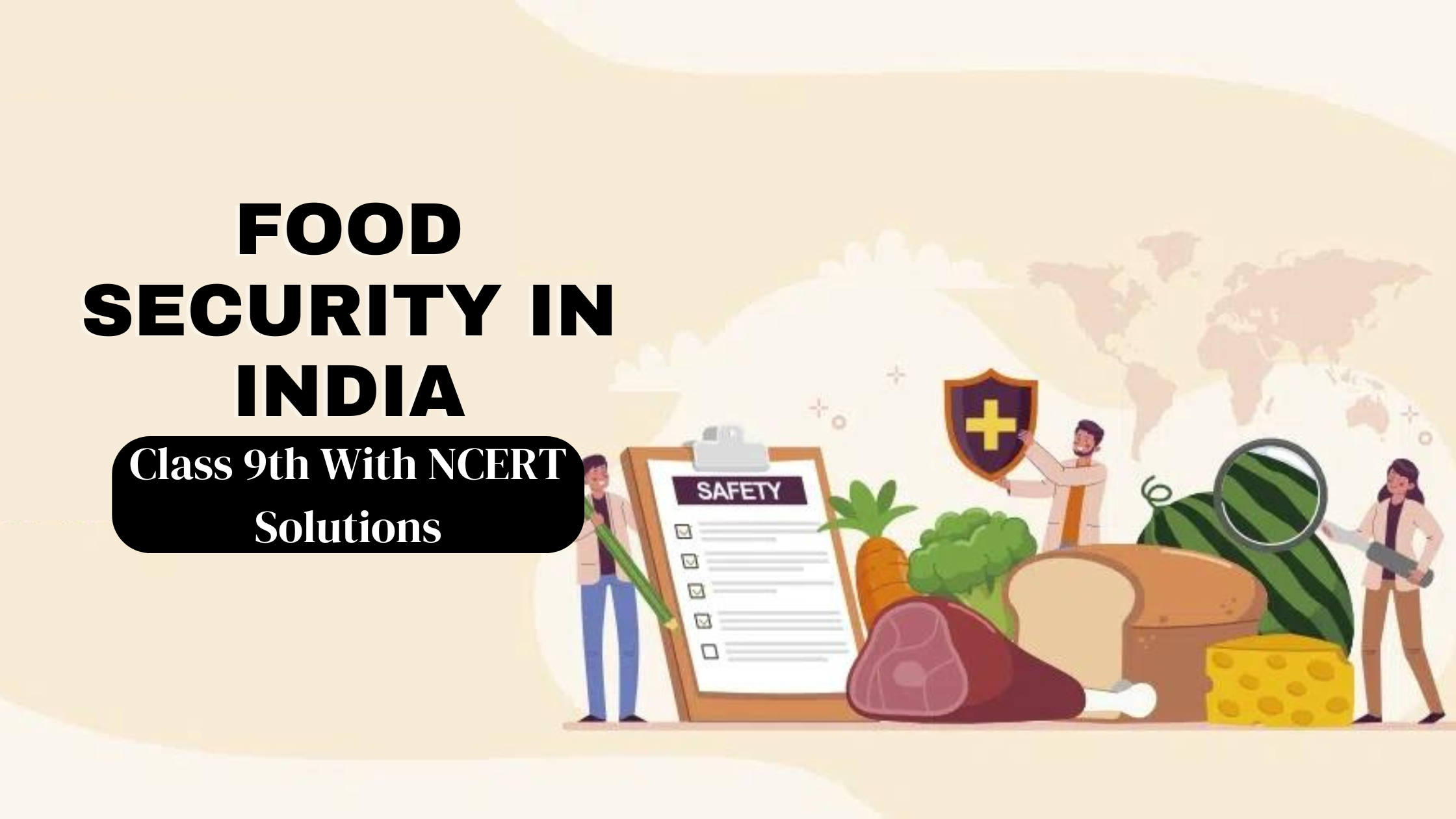Economics is all about using scarce resources at utmost utilization to get the proper benefits to society. Students usually find it difficult to understand the concepts of Economics easily. We are providing you a short and detailed summary of food security in India along with the ncert solutions for the students to prepare for their examinations.
Students can get help to get their concepts clear and get the gist of the chapter to be able to write the answers appropriately. Food security in India means accessibility, availability and affordability of food to all the people at all times. This security can be made possible through public distribution systems and government vigilance.
Meaning Of Food Security
Food security means availability of provision or foodstuff at all times. The 1995 World Food Summit declared, “ Food security at the individual, household, regional, national and global levels exists when all people, at all times, have physical and economic access to sufficient, safe and nutritious food to meet their dietary needs and food preferences for an active and healthy life”.
Food security has the following dimensions
- Availability of Food: It means food production within the country, food imports and the previous years’ stock stored in government granaries.
- Accessibility of Food: It means food is within reach of every person.
- Affordability of Food: It implies that an individual has enough money to buy sufficient, safe and nutritious food to meet one’s dietary needs.
Necessity Of Food Security
Food security is required in our country to ensure that food and other stuff is available at all times and it is needed that no person should sleep without food or starve.
Effect of Natural Calamity on Food Security
Because of natural calamity, people might be food insecure and the country might face a shortage of grains or other stuff during calamity/ disaster. So, persons above the poverty line may also suffer a shortage of supplies. Thus, it creates a shortage in the affected areas. Massive starvation also takes place because of famine.
Famine and Starvation
A famine is characterized by widespread deaths due to starvation and epidemics caused by forced use of impure water or decaying food and loss of body resistance due to weakening from starvation.
The most devastating famine in India was the famine of Bengal in 1943. Thirty lakh people died in it. The price of rice, the staple diet of the people in the region, increased sharply.
People Affected by Famine
Post-independence no famine has hit India but today also in Odisha we have seen famine-like conditions. In Rajasthan, starvation deaths have also occurred including areas of Jharkhand.
Food Insecure People
It has affected the masses but the most affected ones are in the rural areas where we have agricultural laborers and landless laborers including handicrafts workers, artisans, homeless people, and seasonal workers. Many pregnant and feeding mothers and also their children under the age group of 5 yrs are food insecure. The second National Health and Family Survey (NFHS) was conducted during 1998-99. estimated that approximately 11 crore women and children in India are food insecure.
Food Insecure Regions
Economically backward states with high level of poverty, tribal and remote areas, regions more prone to natural disasters (like Eastern and South-eastern parts of Uttar Pradesh, Bihar, Odisha, Jharkhand, West Bengal, Chhattisgarh, Maharashtra, and parts of Madhya Pradesh) consist the largest number of food-insecure people.
Hunger
To create food security, we all need to remove hunger and the risk of future hunger. Hunger has basically two broad categories; chronic and seasonal hunger. National Health and Family Survey (NFHS) 1998-95 A large-scale, multi-round survey conducted in a representative sample of households throughout India. Three rounds of the survey have been conducted since the first survey in 1992-93 and this was the second. The survey provided essential data on health and family welfare needed by the Ministry of Health and Family Welfare and other agencies for policy and program purposes as well as information on important emerging health and family welfare issues.
There are two types of hunger. These are as follows
(i) Chronic Hunger
It is a consequence of a diet regularly deficient in quantity and quality this is caused due to lack of income to buy food for survival.
(ii) Seasonal Hunger
When a person is starving during the off-season when he is not able to find a job or work. It can be observed in both rural areas and urban areas. It affects casual laborers, petty self-employed, agricultural laborers, etc.
Measures for Self-Sufficiency in Foodgrains
After the advent of the Green Revolution in India, we have adopted strict measures to attain self-sufficiency in food grains. The Green Revolution during the late 60s and 70s has helped to achieve success at varying levels. During this period, HYV seeds of wheat and rice were introduced in many states and the best performing states were Punjab and Uttar Pradesh.
Foodgrains production dropped in Uttarakhand, Jharkhand, Assam, Tamil Nadu. West Bengal and Uttar Pradesh recorded a rise in production. FCI was set up in 1964 in order to support operations for safeguarding farmers, distributing grains through PDS, and maintenance of buffer stocks with the government.
Minimum support price(MSP) is the price at which the government purchases crops from the farmers and at present there are 27 crops being purchased by the government.


Food Security In India
With the advent of The Green Revolution in India, our country has able to maintain stocks of food grains for self-consumption as well as for imports and also for adverse conditions through a proper network of PDS( Public Distribution System).
Buffer Stock
It is the stock of food grains procured by the government through the FCI having surplus production. The farmers are paid through MSP.
MSP is announced at the beginning of the crop production before the sowing season. It is used as an incentive to grow more and purchased by the government to maintain stocks and fill the gaps of the deficient state.

Programs For Food Security In India
In the mid-1970s, the National Sample Survey Organisation (NSSO) reported a high incidence of poverty. Due to this, three important food intervention programs were introduced.
- Public Distribution System (PDS) for foodgrains
- Integrated Child Development Services (ICDS)
- Food-For Work (FW) program.
Public Distribution System (PDS) Through government-regulated ration shops, the food procured by the FCI is distributed among the poorer sections of the society. This is called the Public Distribution System (PDS).
Ration shops are now present in most localities, villages, towns, and cities. There are about 5.5 lakh ration shops all over the country. Ration shops are also known as fair-price shops. They keep a stock of foodgrains, sugar, and kerosene oil for cooking. These items are sold to people at a price lower than the market price.
Any family with a ration card can buy a stipulated amount of these items (e.g. 35 kg of grains, 5 liters of kerosene, 5 kg of sugar, etc) every month from the nearby ration shop. The ration cards are of three kinds, color-coded for easy recognition
- Antyodaya card for the poorest of the poor.
- BPL card for families below the poverty line.
- APL card for all others.

Rationing
It is given by the government under controlled distribution resources and scarce goods and services. It also restricts the quantity purchased by the consumers at a particular time within a particular period.
Following are some remarkable achievements of PDS
- PDS has helped the government to stabilize foodgrain prices so that it is available to consumers at affordable rates.
- It has helped in avoiding widespread hunger and famine by supplying food from surplus regions to deficit ones.
- It also helped in increasing food grain production, besides providing income security to farmers in some areas.
Criticisms of PDS
The implementation of the PDS still needs to be improved, because of the following reasons
- Prices of buffer stocks are higher than expected.
- Grains stored in the godowns are damaged by the rats and rodents.
- Excess of foodgrains purchased leads to high carrying costs by the government.
- Rising prices of MSP have increased the maintenance cost.
- Buying of grains by the prosperous states like Punjab, Haryana, Western Uttar Pradesh, and to a lesser extent in West Bengal.
- Due to high MSPs, farmers cultivate wheat and rice and this leads to depletion of the water table as Hyv seeds require more water, which in turn, leads to soil degradation.
Malpractices in PDS
PDS has also become ineffective in many regions of the country because dealers running the ration shops are indulged in malpractices
The malpractices indulged into by the dealers include
- Diverting the grains to the open market to get a better margin.
- Selling poor quality grains at ration shops.
- Irregular opening of the shops and so on.
The malpractices have resulted in consumers of Bihar, Uttar Pradesh, Madhya Pradesh, and Odisha buying much fewer foodgrains than the national average from the ration shops. In the Southern states, where the shops are run by cooperatives, the consumers purchase much more than the national average.
Subsidy
It is a payment that a government makes to a producer to supplement the market price of a commodity. The subsidy helps in keeping consumer prices low while maintaining a higher income for domestic producers.
Food-For-Work (FFW) Programme
The main objective of the Food for Work Programme is the generation of supplementary wage employment. It is open to all rural people who are in need of unskilled work wage employment.
National Food For Work Programme
- The National Food for Work Programme was launched on 14th November 2004 in the 150 most backward districts of the country with the objective of intensifying the generation of supplementary wage employment.
- The program is open to all rural poor who are in need of wage employment and desire to do manual unskilled work. It is implemented as a 100% centrally sponsored scheme and the food grains are provided to the states free of cost.
- The Collector is the nodal officer at the district level and has the overall responsibility of planning, implementation, coordination, monitoring, and supervision.

Poverty Alleviation Programmes (PAPs)
Over the last few years, several other Poverty Alleviation Programmes (PAPs), were launched mostly in rural areas. Some of – them have also been restructured.
Some of these programs have explicit food components. Others are employment programs, which improve food security by increasing the income of the poor. For example, Rural Wage Employment Programme, Employment Guarantee Scheme, Sampurna Grameen Rozgar Yojana, and Mid-day-Meal.
Role Of Cooperatives In Food Security
- The role played by cooperatives in the food security of India is important especially in the Southern and Western parts of the country.
- The cooperative societies set up shops to sell low-priced goods to poor people. For example, out of all fair-price shops running in Tamil Nadu, around 94% are being run by cooperatives.
- In Delhi, Mother Dairy is making progress in the provision of milk and vegetables to the consumers at a controlled rate decided by the Government of Delhi.
- Amul is another success story of cooperatives in milk and milk products from Gujarat. It has brought about the White Revolution in the country.
- The ADS Grain Bank program is acknowledged as a successful and innovative food security intervention.

Economics Class 9 NCERT Solutions Chapter 4 Food Security In India
Q1. How is food security ensured in India?
Food security is ensured in India on the basis of the two components, i.e., Buffer Stock and Public Distribution System (PDS).
- Buffer Stock. It is the stock of food grains like wheat and rice procured by the government through the Food Corporation of India (FCI).
- Public Distribution System. The food procured by the FCI is distributed through government-regulated ration shops called Fair Price Shops (FPS) among the poorer sections of society.
Q2. Which are the people more prone to food insecurity?
The worst affected groups are landless or land-poor households in rural areas and people employed in ill-paid occupations and casual laborers engaged in seasonal activities in the urban areas.
Q3. Which states are more food insecure in India?
The states of Uttar Pradesh (eastern and south-eastern parts), Bihar, Jharkhand, Odisha, West Bengal, Chhattisgarh, parts of Madhya Pradesh, and Maharashtra account for the largest number of food-insecure people in the country.
Q4. A section of people in India is still without food. Explain?
- In Spite of achieving self-sufficiency in food grains because of the Green Revolution in India, a large section of the population still remains in hunger.
- This large section includes landless laborers, casual urban workers, SCs, STs, etc find it impossible to get even two square meals.
- The PDS is not able to function properly and extreme poverty can be seen, ration shop owners are diverting the grains to the open market.
- Corruption in the PDS and extreme poverty are two basic causes by which a large section of people remain food insecure.
Q5. What happens to the supply of food when there is a disaster or a calamity?
The poorest section of the society might be food insecure most of the time while persons above the poverty line might also be food insecure when the country faces a national disaster/calamity like earthquake, drought, flood, tsunami, widespread failure of crops causing famine, etc.
Q6. Differentiate between seasonal hunger and chronic hunger?
There are two types of hunger. These are as follows
(i) Chronic Hunger
It is a consequence of a diet regularly deficient in quantity and quality this is caused due to lack of income to buy food for survival.
(ii) Seasonal Hunger
When a person is starving during the off-season when he is not able to find a job or work. It can be observed in both rural areas and urban areas. It affects casual laborers, petty self-employed, agricultural laborers, etc.
Q7. What has our government done to provide food security to the poor? Discuss any two schemes launched by the government?
In order to help the poor, and provide food security to them, two special schemes were launched in 2000. They were Antyodaya Anna Yojana (AAY) and the Annapurna Scheme (APS) with special target groups of ‘poorest of the poor and ‘indigent senior citizens, respectively. The functioning of these two schemes was linked with the existing network.
Q8. Why is a buffer stock created by the government?
To ensure the availability of food to all sections of the society the Indian government has designed a food security system, which is composed of two components: (a) buffer stock and (b) public distribution system. This is done to distribute foodgrains in the deficit areas at lower prices.
Q9. Write notes on Minimum Support Price, Buffer Stock, Issue Price, and Fair Price Shops.
Minimum Support Price
MSP is announced before the sowing period to raise the cultivation of the crops and then purchased by the farmers.
Buffer Stock
Buffer Stock is the stock of food grains, namely wheat and rice procured by the government through the Food Corporation of India (FCI).
Issue Price
Buffer stock is created to distribute food grains in the deficit areas and among the poorer strata of society at a price lower than the market price also known as Issue Price also used during adverse situations.
Fair Price Shops
The food procured by the FCI is distributed through government-regulated ration shops among the poorer section of the society. This is called the public distribution system (PDS). Ration shops are now present in most localities, villages, towns, and cities.
Conclusion
We have provided you with the short summary of Economics Chapter 4 Food Security In India along with the ncert solutions. Students would be able to know the gist of the lesson and would be able to prepare for their examinations.



-kCNB--621x414@LiveMint.JPG)